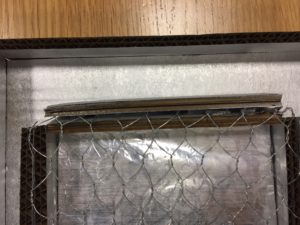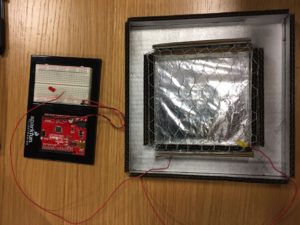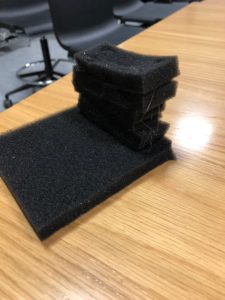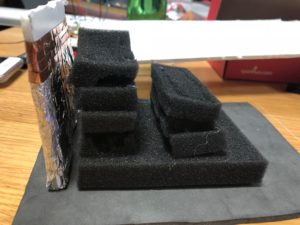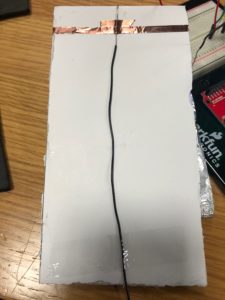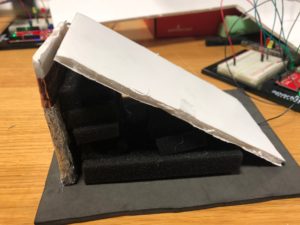Frankly, as someone whose experience with Physics ended more than two years ago, I was glad that I wasn’t asked to read 40 pages packed with technical information about physics. After reading the ‘About This Book’ page, I became curious to find out why this book was rejected so many times that the author had to start his own publishing house to get this published.
A few pages into the reading, when I read how he explains what a jargon is, I thought it would be nice if my 13-year-old brother read this. Also, I felt that this was much better to read at 7am than the Genocide Convention. However, when I realised that it took 18 pages to introduce the concept of electron, proton and charges, I began to think that I might be wasting my time. As the knowledge couldn’t be separated from the stories and analogies, I ended up reading the entire page, only to find Amdahl say “You don’t need to know any of this to study electricity. I just thought it was interesting.” – I felt almost betrayed.
Although it did not provide me the amount of knowledge I had expected, I still think Amdahl’s attempt to write a book that allows people to learn without effort was meaningful. Reading it really did not require much cognitive activity other than making sure that my eyes stay on the page and it may be suitable for a different readership.
After all, he did say “Don’t mistake your watermelon for the universe” so I would like to think that it’s the thought that counts.


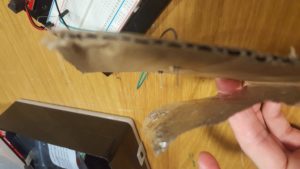

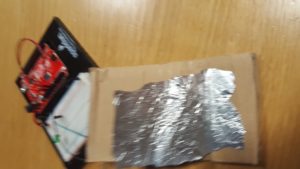
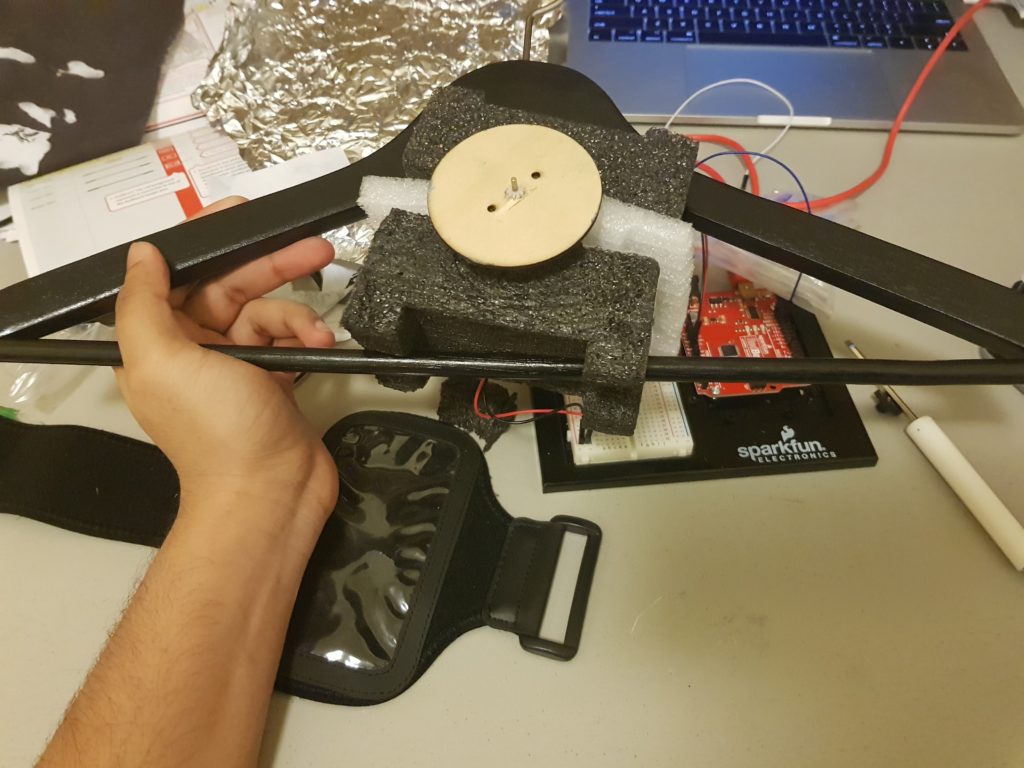
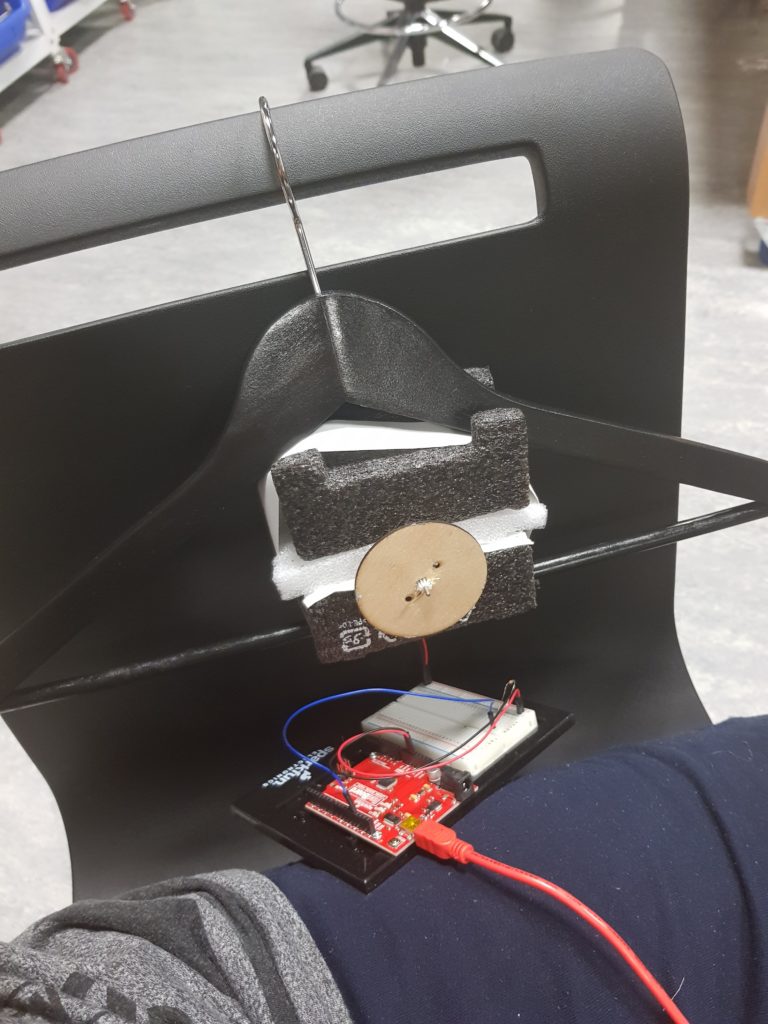

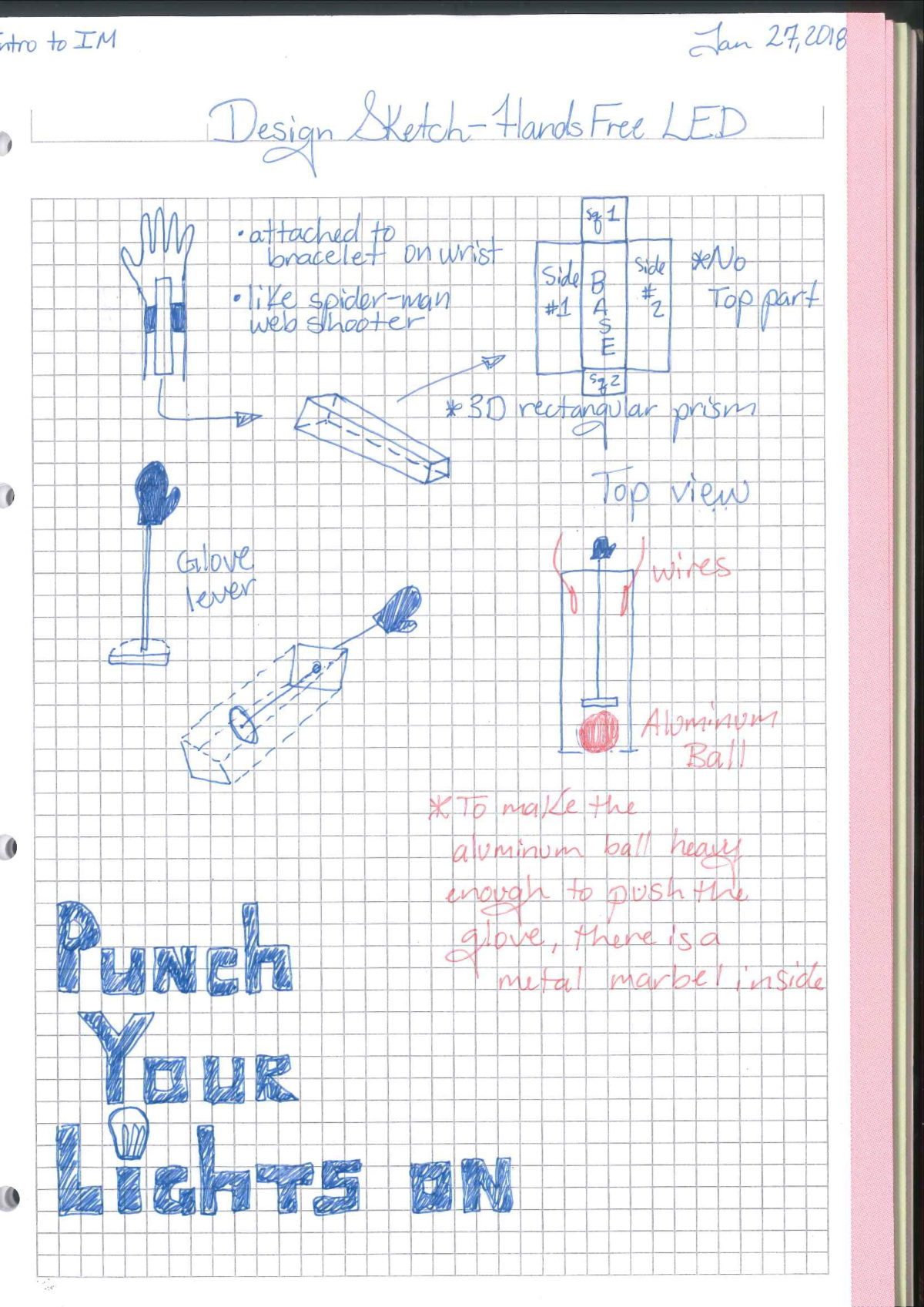
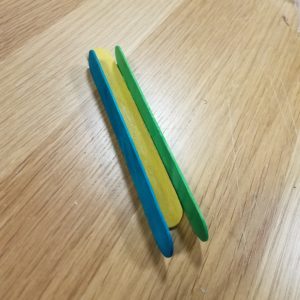
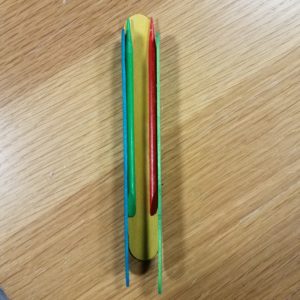
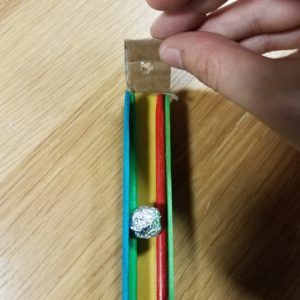
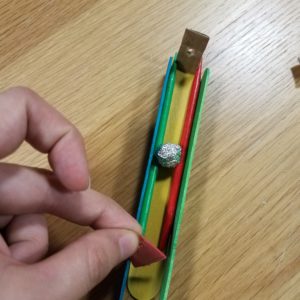
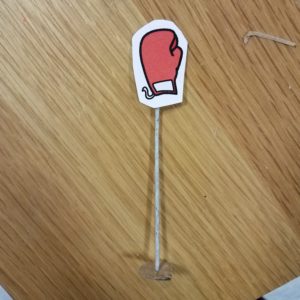
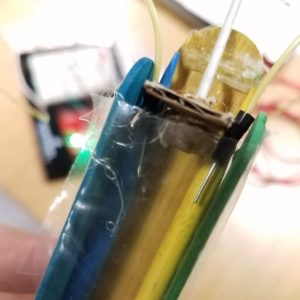
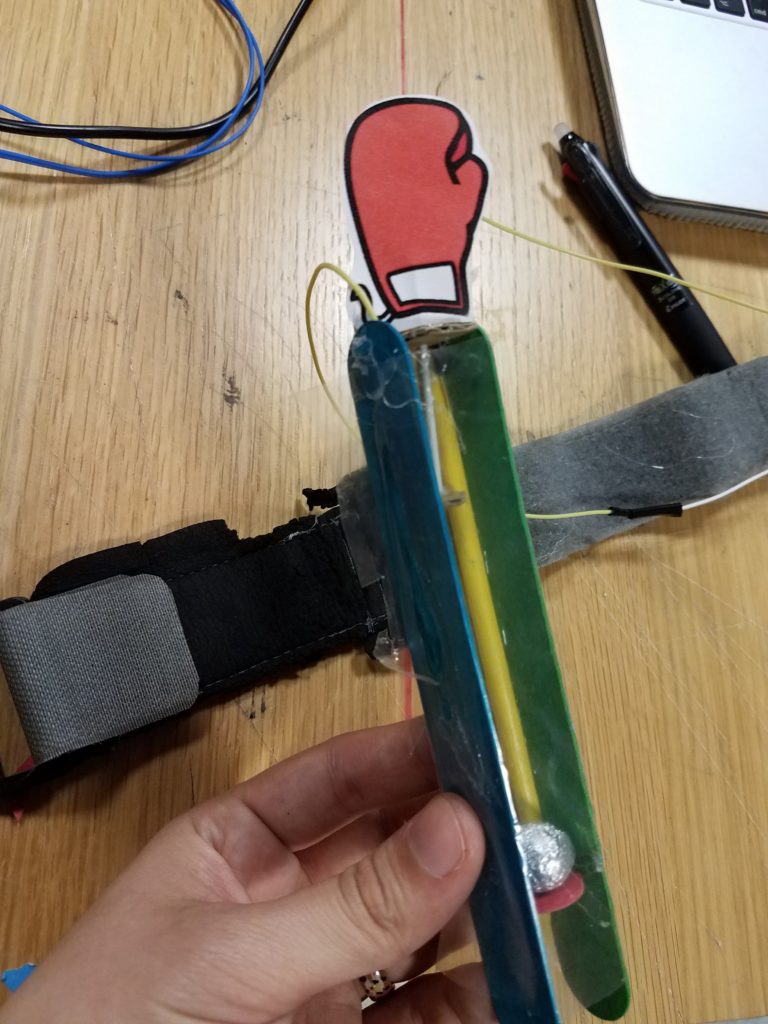
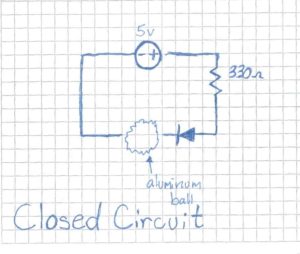

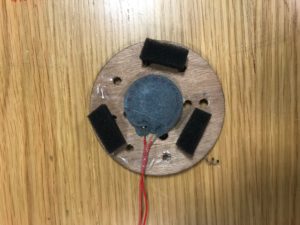
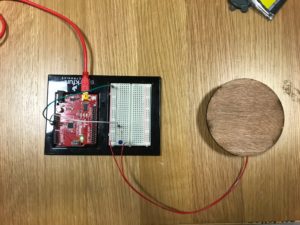
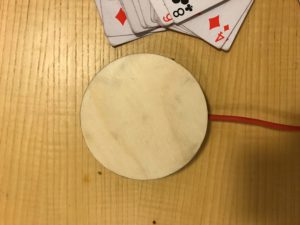

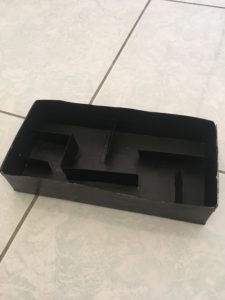
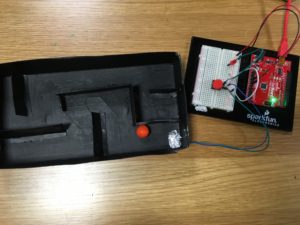
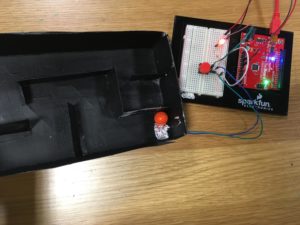
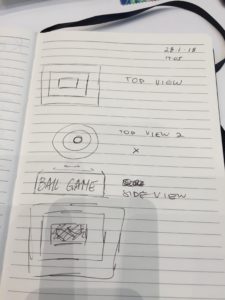 There were a couple of designs that I thought of. One of the ideas consisted of circles but I decided against it because it would logistically be a hassle. Using a square or rectangle would work just as well and without the trouble.
There were a couple of designs that I thought of. One of the ideas consisted of circles but I decided against it because it would logistically be a hassle. Using a square or rectangle would work just as well and without the trouble.
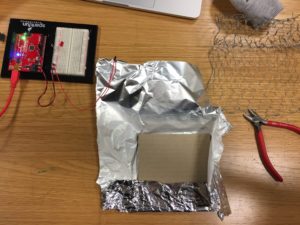 After making sure the LED turns on, I cut and taped some wire to both the aluminum and chicken wire. I put all of the parts together using hot glue.
After making sure the LED turns on, I cut and taped some wire to both the aluminum and chicken wire. I put all of the parts together using hot glue.